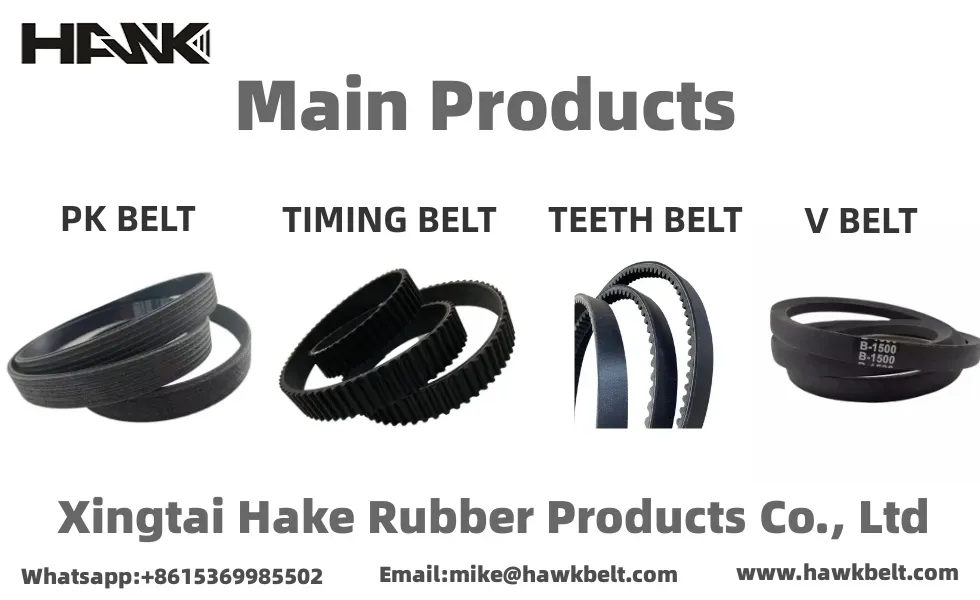- Arabic
- French
- Russian
- Spanish
- Portuguese
- Turkish
- Armenian
- English
- Albanian
- Amharic
- Azerbaijani
- Basque
- Belarusian
- Bengali
- Bosnian
- Bulgarian
- Catalan
- Cebuano
- Corsican
- Croatian
- Czech
- Danish
- Dutch
- Afrikaans
- Esperanto
- Estonian
- Finnish
- Frisian
- Galician
- Georgian
- German
- Greek
- Gujarati
- Haitian Creole
- hausa
- hawaiian
- Hebrew
- Hindi
- Miao
- Hungarian
- Icelandic
- igbo
- Indonesian
- irish
- Italian
- Japanese
- Javanese
- Kannada
- kazakh
- Khmer
- Rwandese
- Korean
- Kurdish
- Kyrgyz
- Lao
- Latin
- Latvian
- Lithuanian
- Luxembourgish
- Macedonian
- Malgashi
- Malay
- Malayalam
- Maltese
- Maori
- Marathi
- Mongolian
- Myanmar
- Nepali
- Norwegian
- Norwegian
- Occitan
- Pashto
- Persian
- Polish
- Punjabi
- Romanian
- Samoan
- Scottish Gaelic
- Serbian
- Sesotho
- Shona
- Sindhi
- Sinhala
- Slovak
- Slovenian
- Somali
- Sundanese
- Swahili
- Swedish
- Tagalog
- Tajik
- Tamil
- Tatar
- Telugu
- Thai
- Turkmen
- Ukrainian
- Urdu
- Uighur
- Uzbek
- Vietnamese
- Welsh
- Bantu
- Yiddish
- Yoruba
- Zulu
Sep . 10, 2024 20:10 Back to list
Steel Timing Belt - Durable and Reliable Solutions for Your Machinery
Understanding Steel Timing Belts A Robust Solution for Power Transmission
When it comes to power transmission in mechanical systems, timing belts have long been a fundamental component. Among these, steel timing belts have emerged as a robust and reliable option, ideal for a variety of applications, from automotive engines to industrial machinery.
What Are Steel Timing Belts?
Steel timing belts are reinforced belts made from high-strength materials, typically rubber or polyurethane, with embedded steel cords. This construction enhances their tensile strength, durability, and resistance to wear and tear. The incorporation of steel reinforcement allows these belts to handle higher loads and provide precise timing, which is critically important in systems where synchronization of components is essential.
Key Advantages of Steel Timing Belts
1. High Load Capacity One of the primary advantages of steel timing belts is their ability to transmit significant amounts of power without stretching or breaking. This makes them suitable for applications that require high torque and load capacity.
2. Precision and Reliability The design of steel timing belts ensures that they maintain tight tolerance levels, leading to precise motion transfer. In applications like automotive engines, this precision is crucial for optimal performance and efficiency.
3. Longevity Steel timing belts exhibit remarkable durability. Their resistance to environmental factors such as temperature changes, moisture, and chemical exposure allows them to maintain functionality over extended periods, reducing the need for frequent replacements.
steel timing belt

4. Reduced Maintenance Unlike chain systems, which require regular lubrication and tension adjustments, steel timing belts are relatively low maintenance. This translates to decreased downtime and lower maintenance costs for businesses and individuals alike.
5. Noise Reduction Steel timing belts operate more quietly than traditional metal chains. This noise reduction is particularly valued in environments where quiet operation is necessary, such as in automotive applications or high-precision machinery.
Applications of Steel Timing Belts
Steel timing belts are used across a spectrum of industries. In the automotive sector, they are commonly found in engine timing systems where accurate synchronization of the crankshaft and camshaft is vital. In industrial machinery, they drive conveyors, pumps, and various automated systems. Additionally, they play a significant role in robotics and CNC machines, where precision and reliability are paramount.
Selecting the Right Steel Timing Belt
When choosing a steel timing belt for a specific application, several factors need to be considered. These include the required load capacity, operating speed, environmental conditions, and the specific design characteristics of the belt itself. It’s essential to consult with manufacturers or suppliers who can provide expert guidance on the best options for your needs.
Conclusion
Steel timing belts offer a compelling combination of strength, precision, and durability, making them a preferred choice in a variety of demanding applications. As industries continue to evolve and the demand for high-performance components grows, steel timing belts will undoubtedly remain an integral part of efficient power transmission systems. Whether in automotive engineering or industrial production lines, investing in quality steel timing belts is a forward-thinking decision that pays off in reliability and performance.
-
Korean Auto Parts Timing Belt 24312-37500 For Hyundai/Kia
NewsMar.07,2025
-
7PK2300 90916-T2024 RIBBED BELT POLY V BELT PK BELT
NewsMar.07,2025
-
Chinese Auto Belt Factory 310-2M-22 For BMW/Mercedes-Benz
NewsMar.07,2025
-
Chinese Auto Belt Factory 310-2M-22 For BMW/Mercedes-Benz
NewsMar.07,2025
-
90916-02660 PK Belt 6PK1680 For Toyota
NewsMar.07,2025
-
drive belt serpentine belt
NewsMar.07,2025

